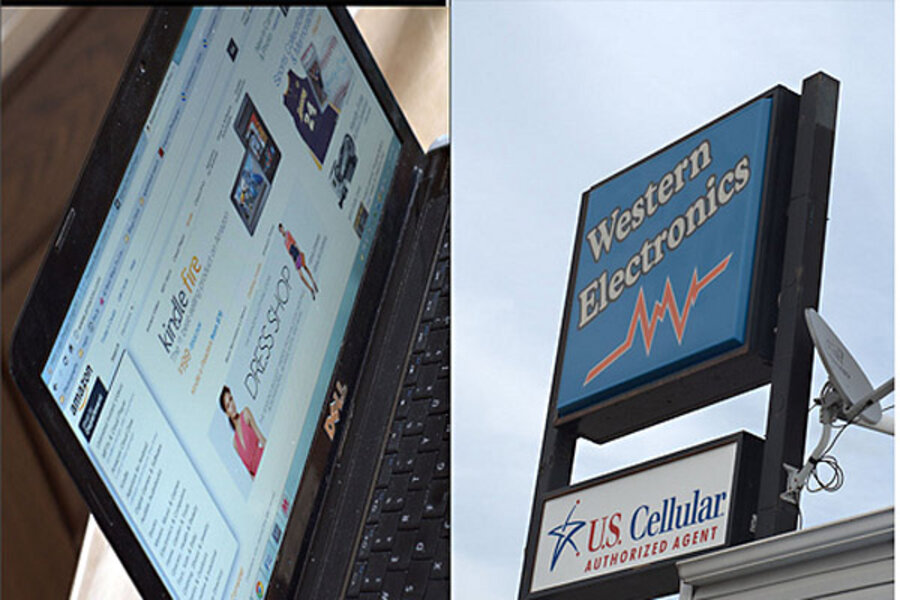Before you buy, do your research. Lots of it.
Loading...
You have your list of desired features ready to go for the item you want. Now what?
If you have a reasonable feature list (meaning one that doesn’t lock you into an expensive item), you’ll find that quite a few items will match up with the features you’re looking for.
Don’t settle on one just yet. Find several models you’d be willing to buy, then shop around.
For starters, if you decide that you’re only going to buy this one specific model of what you’re looking for, you’re almost always going to overpay for it. Just by that decision alone, you’ve closed yourself off to a lot of potential bargains that you might find on similar models.
In other words, it pays to have a nice list of models you’d be willing to buy, along with a feature list so that you can figure out if other models match your needs.
The best way to do this is research. For many items, one really effective way of doing this is simply browsing versions of the item at amazon.com. While you shouldn’t necessarily buy there, it can be a very useful tool for identifying models that match your needs.
For unbiased comparisons of items with similar features, use Consumer Reports. Whenever I’m about to make a significant purchase, I stop at the library for a look at some back issues of CR.
In the end, I usually wind up with a list of quite a few models that will suit my needs quite well. Usually, this list is somewhat ranked, with ones that have better numbers in Consumer Reports ranked above others, but I don’t necessarily rule any out. I do this for “tiebreaking.”
Once I have that list of models, I start shopping. Online shopping is easy with a bunch of places at your fingertips, but it’s worth looking around brick and mortar stores as well. You’ll often find sales you didn’t expect.
I usually give myself a timeframe for the purchase – say, a month or two. During that period, I do some comparison shopping for the item when I have a free moment or two. I’ll look at the selection in brick and mortar stores if I happen to be there, or I’ll look at websites during idle moments in the evening.
I usually get a pretty good idea of what a good price is for the item after just a bit of searching. I use that as my benchmark, and if I find an opportunity to beat that benchmark by 20% or so, I go ahead and make the purchase. Sometimes you’ll stumble on better sales, but I’ve also seen good discounts disappear while I’ve looked for something better. When my timeframe is up, I go with the option that is the best bargain for me.
Shop around, but know what you’re shopping for. You’ll end up with a good buy on something that actually suits your needs.
This post is part of a yearlong series called “365 Ways to Live Cheap (Revisited),” in which I’m revisiting the entries from my book “365 Ways to Live Cheap,” which is available at Amazon and at bookstores everywhere. Images courtesy of Brittany Lynne Photography, the proprietor of which is my “photography intern” for this project.








